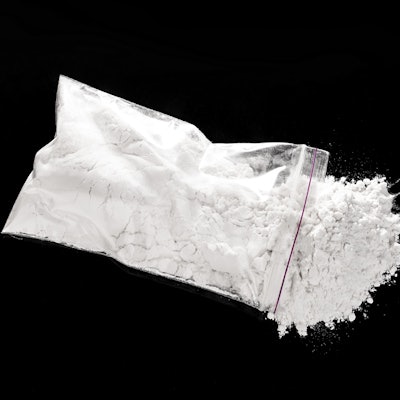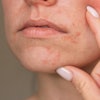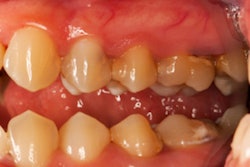
As adolescents transition to greater independence and adulthood, what determines whether they adhere to recommended dental treatments? Do socioeconomic factors have an effect? Might adopting certain habits or associating with certain people interfere with following suggested care? Researchers conducted a study to find out.
They followed up with Brazilian teenagers 18 months after they sought dental care. The adolescents completed questionnaires about socioeconomic factors and alcohol and drug use, and the authors analyzed the relationship between these issues and treatment adherence. The study was published in BMC Oral Health (December 19, 2018).
"Adolescents who consumed alcohol and socialized with friends who used illicit drugs had greater difficulty in adhering to dental treatment," wrote the authors, led by Sílvia Letícia Freddo, PhD, MPH, of the community dentistry department at the State University of Campinas Piracicaba Dental School in Brazil.
With a little help
During adolescence, young people become responsible for practices previously determined by their parents, such as eating and oral health habits, and become more vulnerable to worse oral health, the authors noted.
Social disparities, economic conditions, and educational levels affect the use of dental services, and socioeconomic factors and cultural habits may be related to treatment adherence, they wrote. Previous studies have found that the consumption of alcohol and illicit drugs makes adults less likely to accept medical recommendations. However, there are few studies on adolescent dental treatment adherence.
“Adolescents who consumed alcohol and socialized with friends who used illicit drugs had greater difficulty in adhering to dental treatment.”
The researchers sought to examine dental treatment adherence in adolescents and its relationship to socioeconomic factors and the consumption of illegal and legal substances. They defined adherence as the decision to seek the use of a medical service and complete the recommended treatment.
The study included 15- to 19-year-old individuals who lived in a city in Brazil and received care in 2015 through the government-run primary healthcare unit for their geographic location. Before the current study, almost 1,200 underwent an evaluation at baseline, and of these, 474 received referrals for dental treatment.
At that time, the researchers collected data on socioeconomic status (family income, literacy, and type of housing) and the patient's performance in school and entrance into the labor market.
After 18 months, 325 study participants underwent reassessment (almost 150 of the 474 participants were lost to follow-up). However, the researchers found no differences in the socioeconomic data between those who continued in the study and those who dropped out.
Those seen at follow-up underwent a clinical exam to determine the absence of caries and periodontal disease that would indicate treatment adherence. At that time, these study participants also completed self-administered questionnaires to assess treatment adherence and experience with alcohol and illicit drugs.
Of the 325 adolescents who underwent reassessment, the mean age was 15 ± 1 years, 189 (58%) were female, and 164 (51%) adhered to treatment. Of those who adhered, 96 (58%) were female.
Housing had a statistically significant effect on treatment adherence (p = 0.034), with adherence prevalence decreasing among those whose families did not own their home.
Drinking alcohol at some point was common among the adolescents, but only the variables "tried alcohol" (p = 0.035) and "drinking alone" (p = 0.029) were statistically significant between the groups of those who adhered to treatment and those who didn't.
Although few of the study participants reported that they had tried drugs, more than 34% of those who had adhered to dental treatment reported that their friends used some type of drug. Additionally, the researchers found a significant association between nonadherence and having friends who used drugs (p = 0.005).
The results of a joint model to explain treatment adherence found that only having friends who used drugs had a significant effect (p = 0.035), with the prevalence of adherence 23% lower among those with friends who used drugs.
Limitations of self-report
The authors noted that since the use of both legal and illegal substances may not be socially acceptable, study participants may not have admitted to behavior in which they actually engaged. Another limitation of the study was the loss of close to a third of the original group because of change of address or telephone number (88%), transfer to another municipality (1%), or refusal to continue to participate (1%).
Nonetheless, the study's results emphasized the importance of the interaction between adolescent dental patients and their environment, including relationships with friends and family, the authors wrote. Their findings may help with developing strategies for dental disease prevention, treatment promotion and adherence, and more individualized interventions, they noted.
"The present study revealed that low adherence to dental treatment among adolescents was associated in isolation with socioeconomic factors (type of housing) and behavioral factors, such as alcohol consumption and friendships," the authors wrote. "However, in the joint analysis of the variables, proximity of friends who used illicit drugs was revealed to be the significant factor for lower adherence to treatment."



















